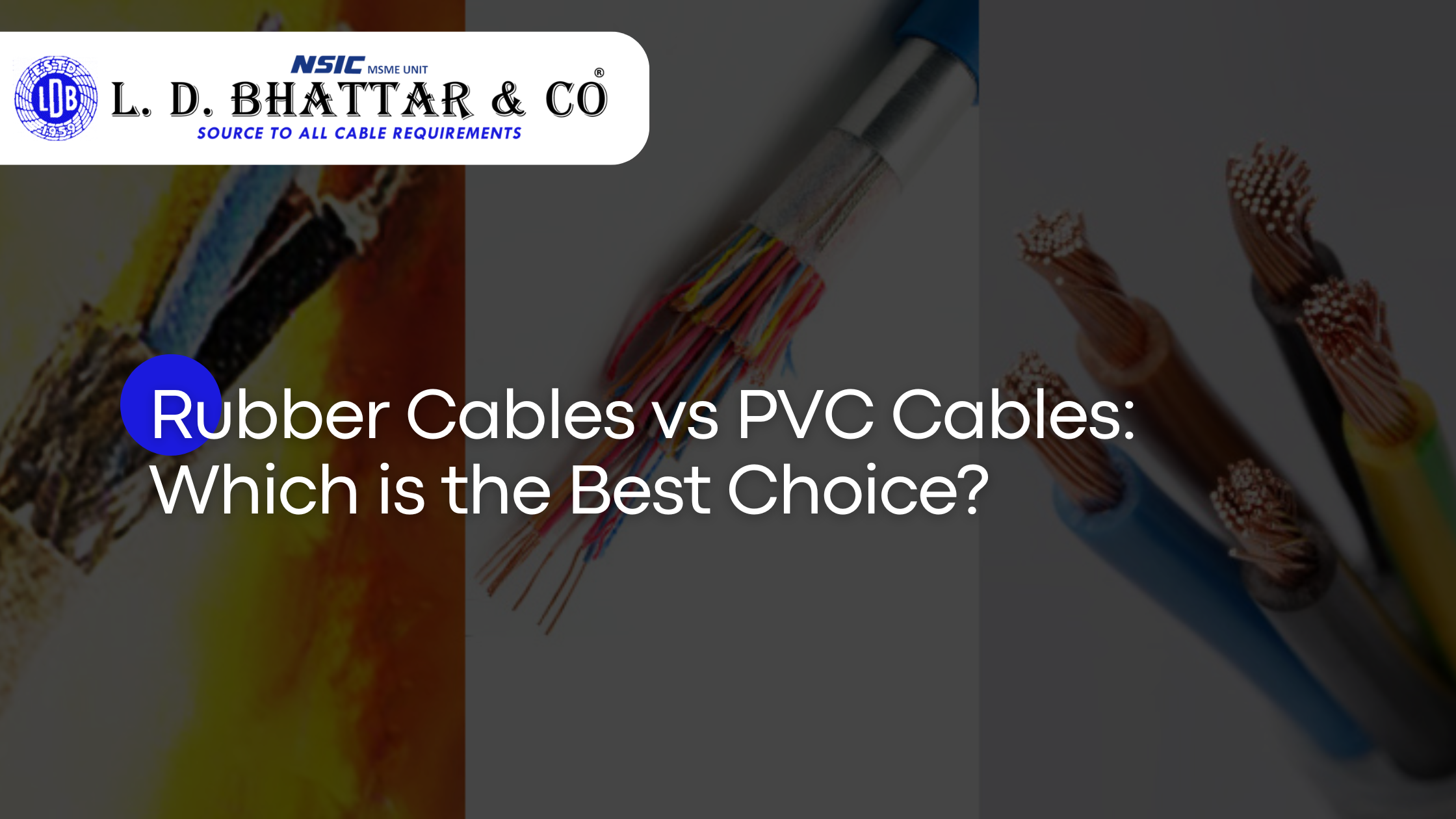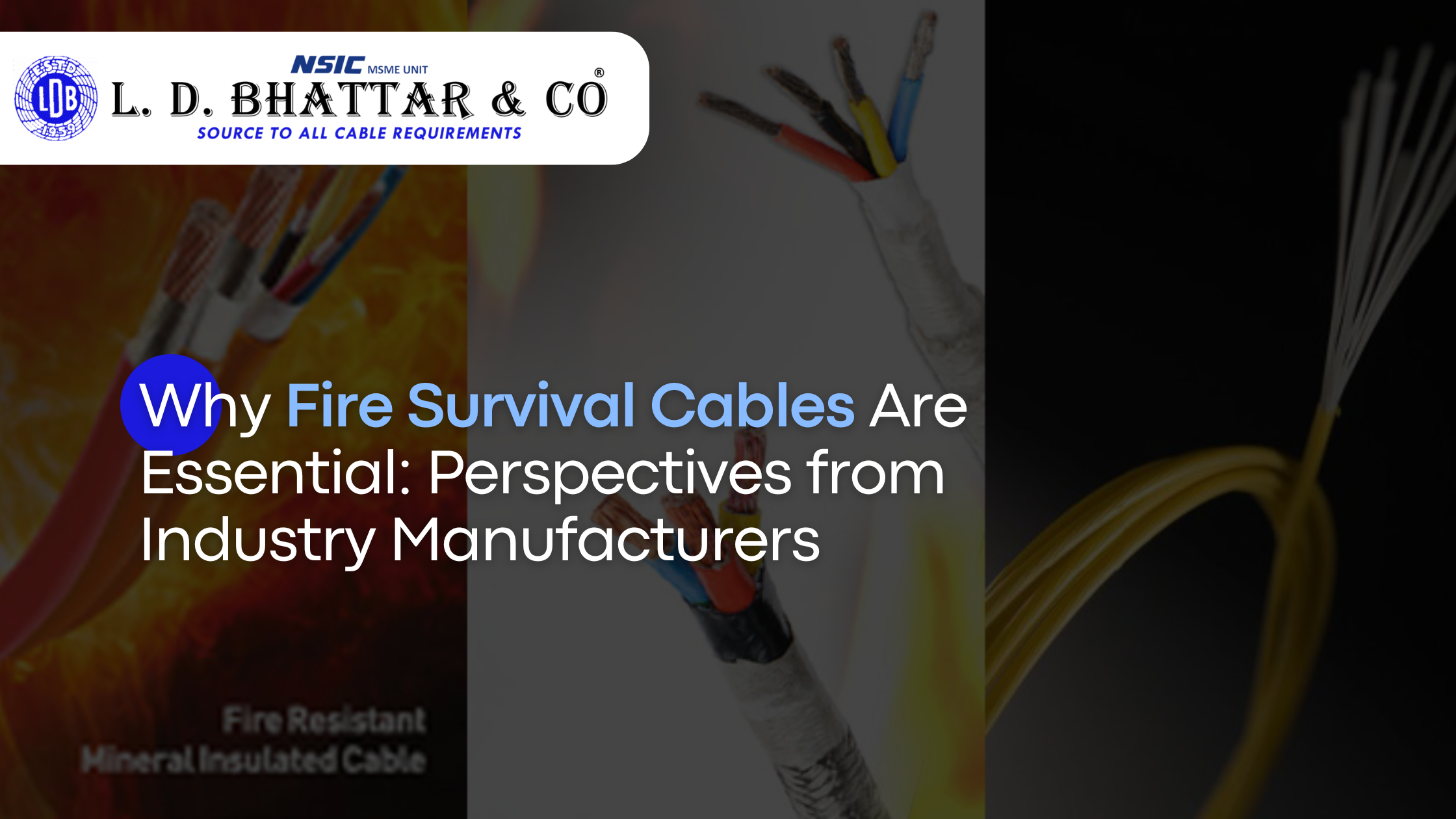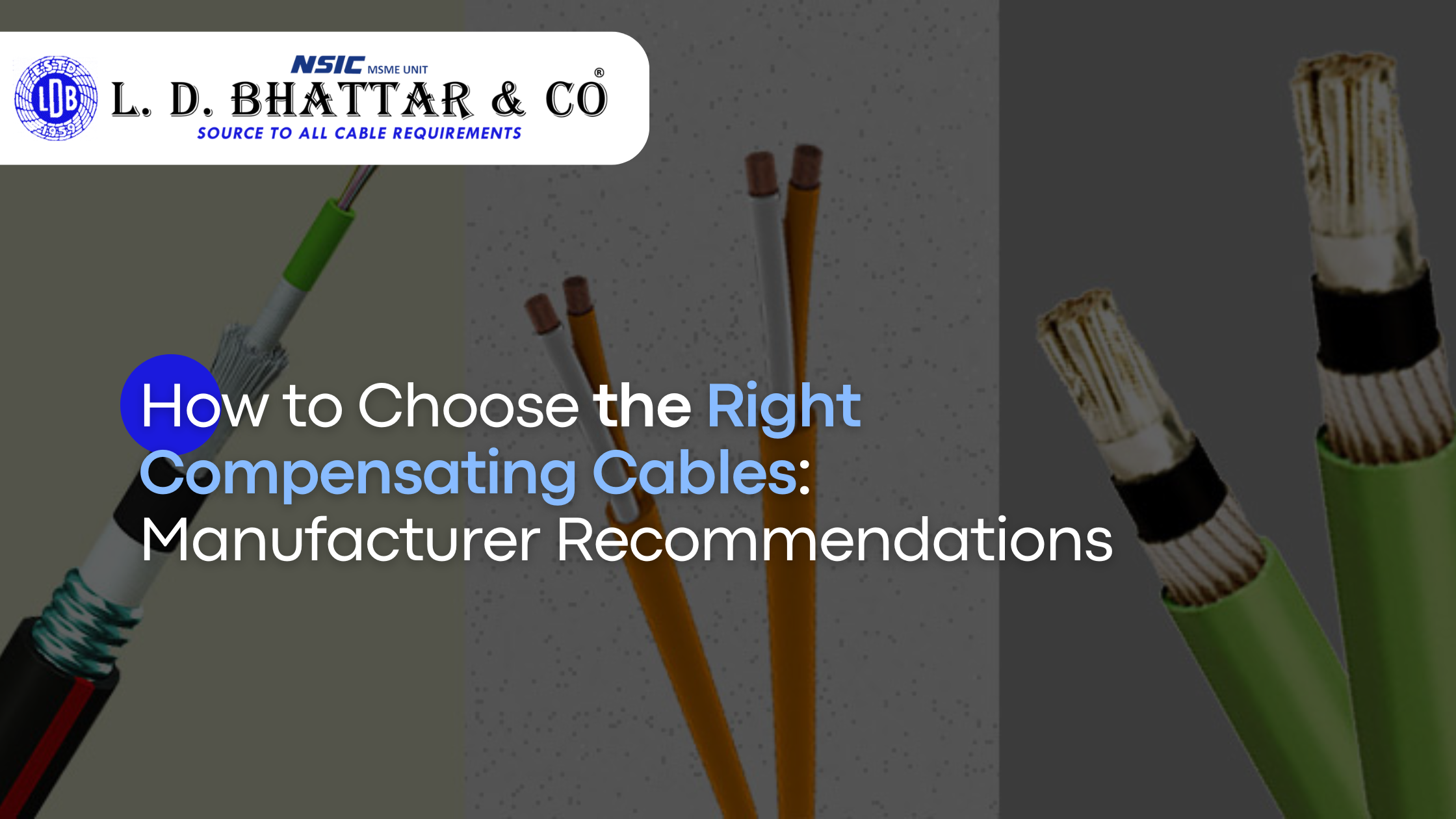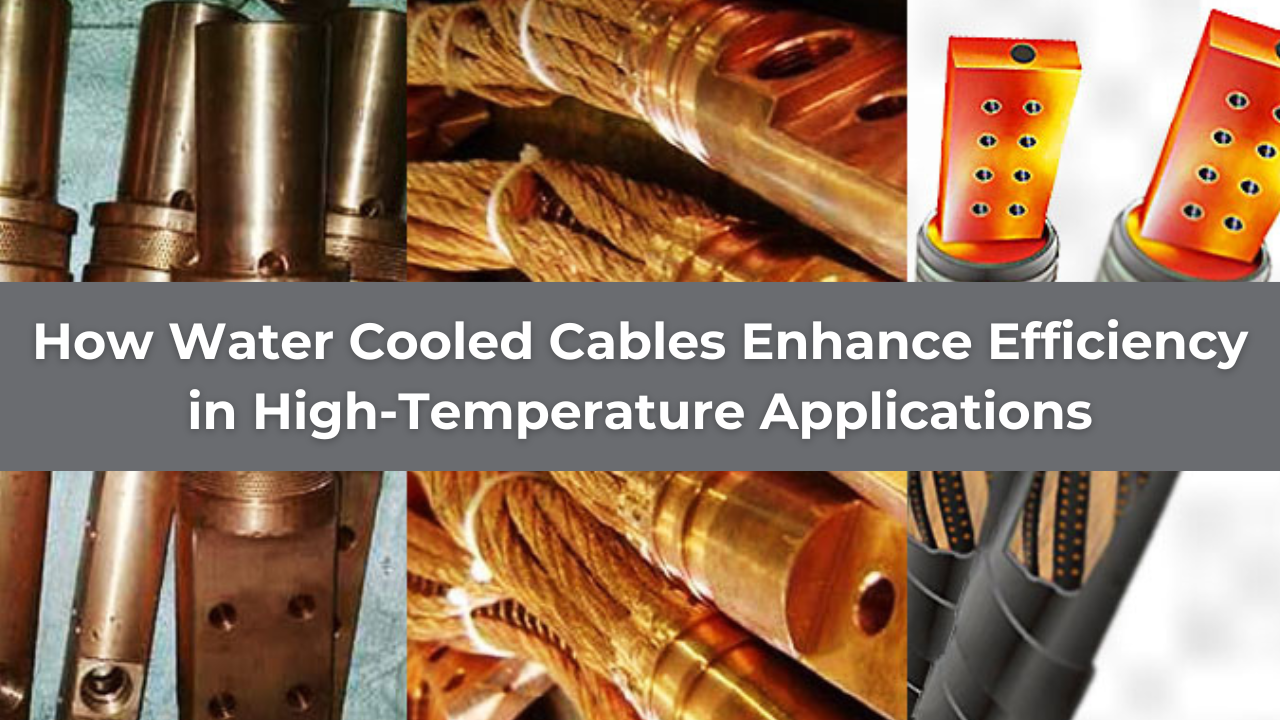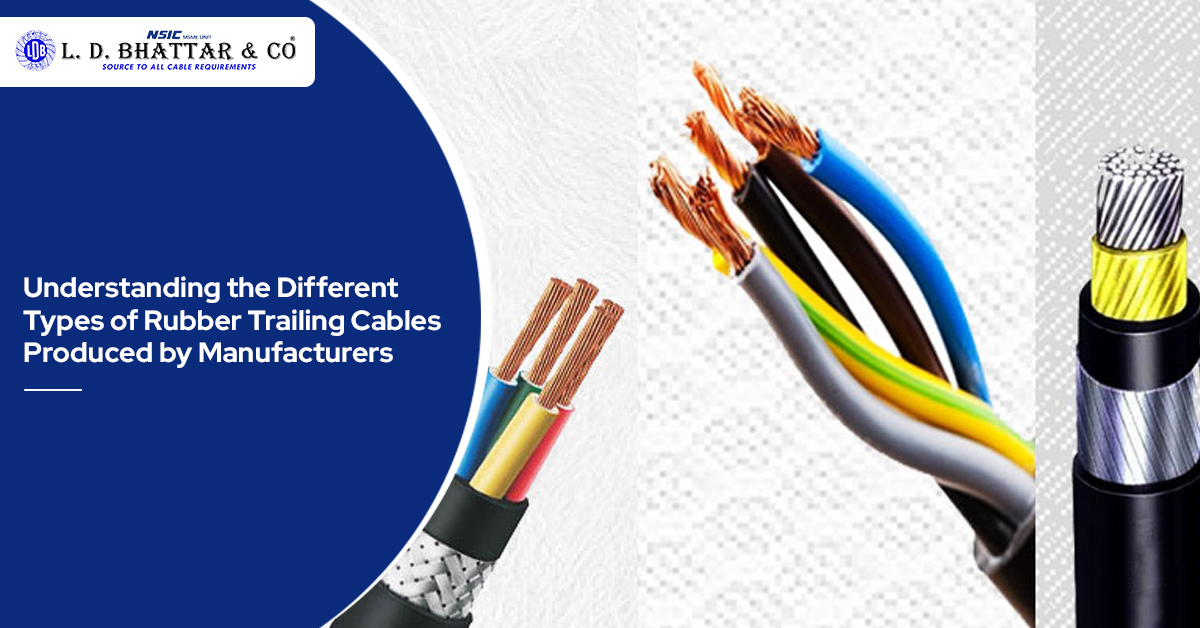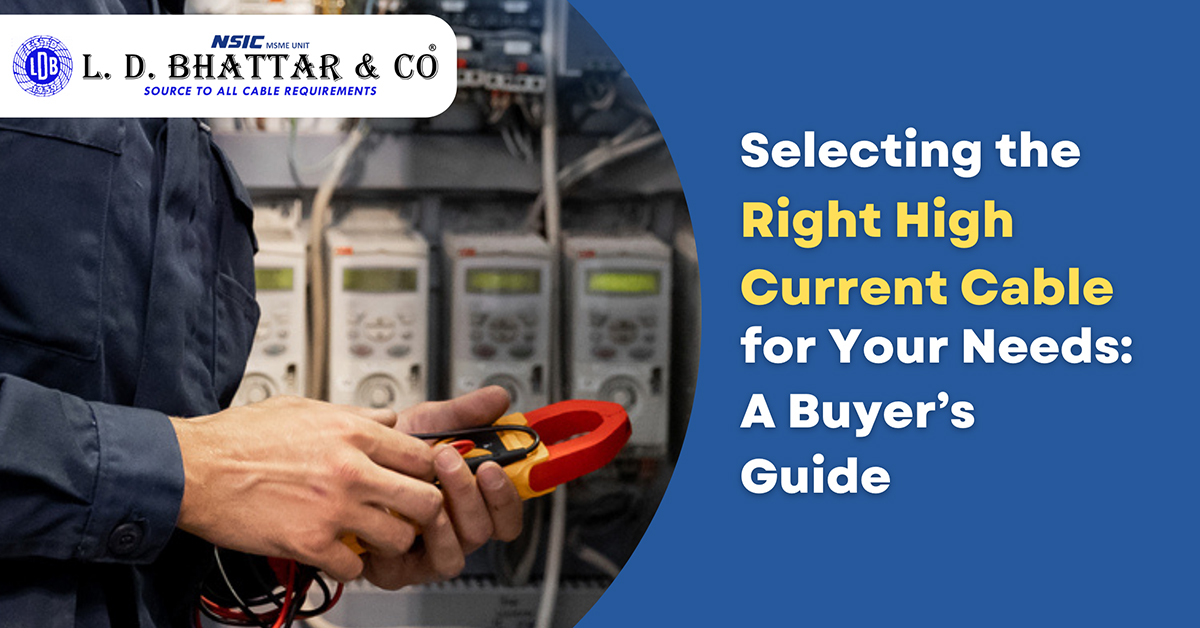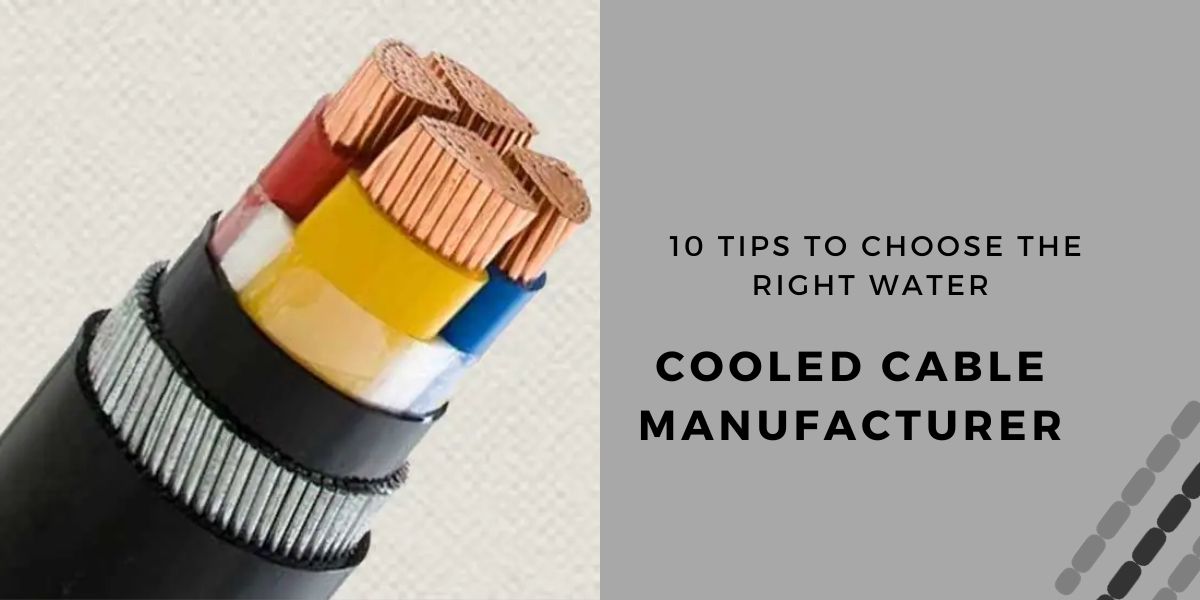Anyone who has worked on a job site knows that cables can make your day great or terrible. This isn’t a joke – experienced electricians have cried over damaged wires. Let’s skip the fancy talk and get straight to the point about rubber vs PVC cables.
Rubber Cables: The Strong Ones
Think of those old-time boxers who could take hits and keep fighting. That’s what rubber cables are like.
Why Rubber is Great
- Stronger than You’d Think: People tell stories about trucks driving over rubber cables without damaging them. Try that with your high-tech fiber optics!
- Bendy as a Yoga Pro: Need to hook up a contortionist’s training area? Rubber’s got you covered. These cables can bend into crazy shapes without breaking.
- Weather-proof Champs: From Rajasthan’s burning heat to Ladakh’s icy peaks, rubber cables keep working.
- Tough Against Chemicals: Spilled some acid by mistake? Oops. But don’t worry, the rubber cables are still okay.
The Not-So-Good Parts
- As Heavy as Grandma’s Guilt: Trying to carry a 100-meter rubber cable up five floors? You might want to work out first.
- Pricey Little Buggers: They’ll drain your bank account, but you get what you pay for, don’t you?
PVC Cables: The Fresh Faces in Town
Then there’s PVC sauntering in like it owns the joint. And, it’s got some attitude.
What’s Great About PVC
- Light as Air: Grab a PVC cable, and you might think it’s hollow. Good news for everyone with an aching back.
- Budget-: Just right when the higher-ups are tightening the purse strings (which, let’s be honest, is all the time).
- More Colorful than a Movie Star: Want to give your wiring a color scheme? PVC is your best bet. The cable aisle looks like a rainbow burst.
- Fire-Resistant: This feature matters a lot. Cables and fire don’t mix well at all.
PVC’s Weaknesses
- Rigid as a Rock: Try to bend a PVC cable when it’s cold. Go ahead, we’ll wait. You might need a tea break first though.
- Not Good in Extremes: Harsh temperatures make PVC behave stranger than a politician during voting season. This isn’t great when you work in, well, most of India.
- Environmental Disaster: PVC won’t get any gold stars from eco-warriors anytime soon.
The Big Question: Which One Takes the Crown?
Here’s the real deal – it varies. Not the answer you hoped for? Well, hang tight, because here’s the scoop:
For tough jobs, rubber stands out. Rubber trailing cable manufacturers in India? They mean business. Their cables can take on everything from mining work to your mother-in-law’s sharpest jabs.
But when it comes to wiring an office or a house where cables don’t move much? PVC is the way to go. It’s less expensive, it does the job, and let’s be honest, it won’t take much of a beating behind a desk.
The Indian Perspective
Now, let’s discuss what’s happening here in India. We have some excellent rubber trailing cable manufacturers in India producing products that can handle our unique issues. Monsoon floods? No sweat. Dust storms? Easy peasy.
PVC is also gaining ground. It’s like watching a Bollywood film where the underdog hero (PVC) tries to capture the market from the established star (rubber). Get some popcorn, everyone, this show will entertain.
The Bottom Line
After years of experience with both cable types here’s the honest truth:
Do you work in harsh conditions? Spend the extra money on rubber. You’ll thank yourself later when you’re not replacing damaged cables every couple of weeks.
Are you on a limited budget and working in less demanding settings? PVC will serve you well. It’s like choosing between a Royal Enfield and a Honda Activa – both will transport you, but in very different ways.
And don’t forget, if you’re unsure, consult the experts. Top rubber trailing cable manufacturers in India know cables inside and out far more than most folks ever will.
In the end, pick the cable that fits your needs, and you’ll avoid a ton of problems. Because there are enough things to worry about on a job site without adding cable drama to the mix.

